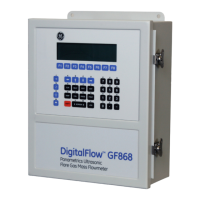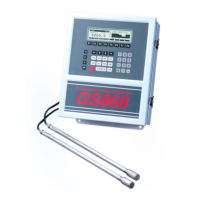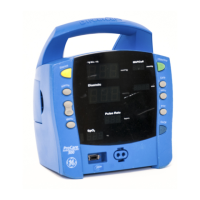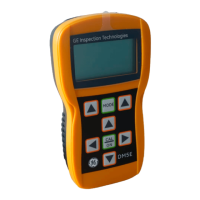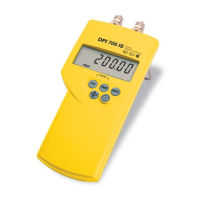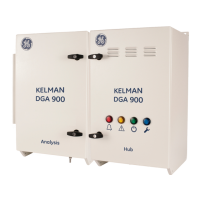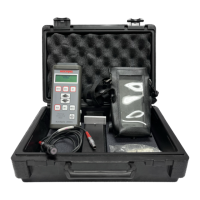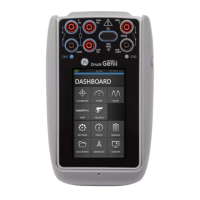March 2008
1-18 Programming Site Data
Pipe Wall 6. Enter the known thickness of the Pipe Wall, in the same units used
for the pipe OD, and press
[ENT].
IMPORTANT: Because the units can not be independently chosen
for this parameter, the value must be entered in the
same units used for the pipe OD.
If the pipe wall thickness is not available, look up the value in a table
of standard pipe size data (such as the GE brochure Sound Speeds and
Pipe Size Data, 914-004), or use the Model DF868’s on-line Help
Menu (see the Programming Manual for details).
For wetted transducers, skip to step 7.
Lining 7. Press [F1] if the pipe does not have a Lining, or [F2] if it does have
a lining. If you select YES, complete the steps below.
a. Use the
[F1]-[F4] and [→] keys to select the Lining Material.
Options include Tar, Pyrex, Asbestos, Mortar, Rubber, PTFE
and Other. If you choose “OTHER,” the DF868 then asks you
to enter the lining sound speed. If you do not know the lining
sound speed, Sound Speeds and Pipe Size Data (914-004) lists
some standard materials and their corresponding sound speeds.
b. Enter the known Lining Thickness, in the same units used for
the pipe OD, and press
[ENT]. Then proceed to step 9.
Path and Axial Length 8. Enter the Path Length of the ultrasonic signal. Press [F1] or [F2] to
select the desired units, and press
[ENT].
Note: The factory has calculated both the transducer signal path
length
(P) and the transducer signal axial length (L), based on
the exact transducer configuration used for the application.
These values are engraved on the flowcell and/or are included
in the documentation supplied with the meter. See Appendix D
for an explanation as to how these values are calculated.
9. The next prompt varies, depending on whether you selected
Transit-Time or TransFlection in the
ACTIV menu.
• If you selected Transit-Time, the DF868 asks for the Axial Length.
Enter the supplied value. Press
[F1] or [F2] to select the desired
units, and press
[ENT].
• If you have selected TransFlection, enter the number of degrees for
the Transducer Angle, and press
[ENT]. Skip to step 10.

